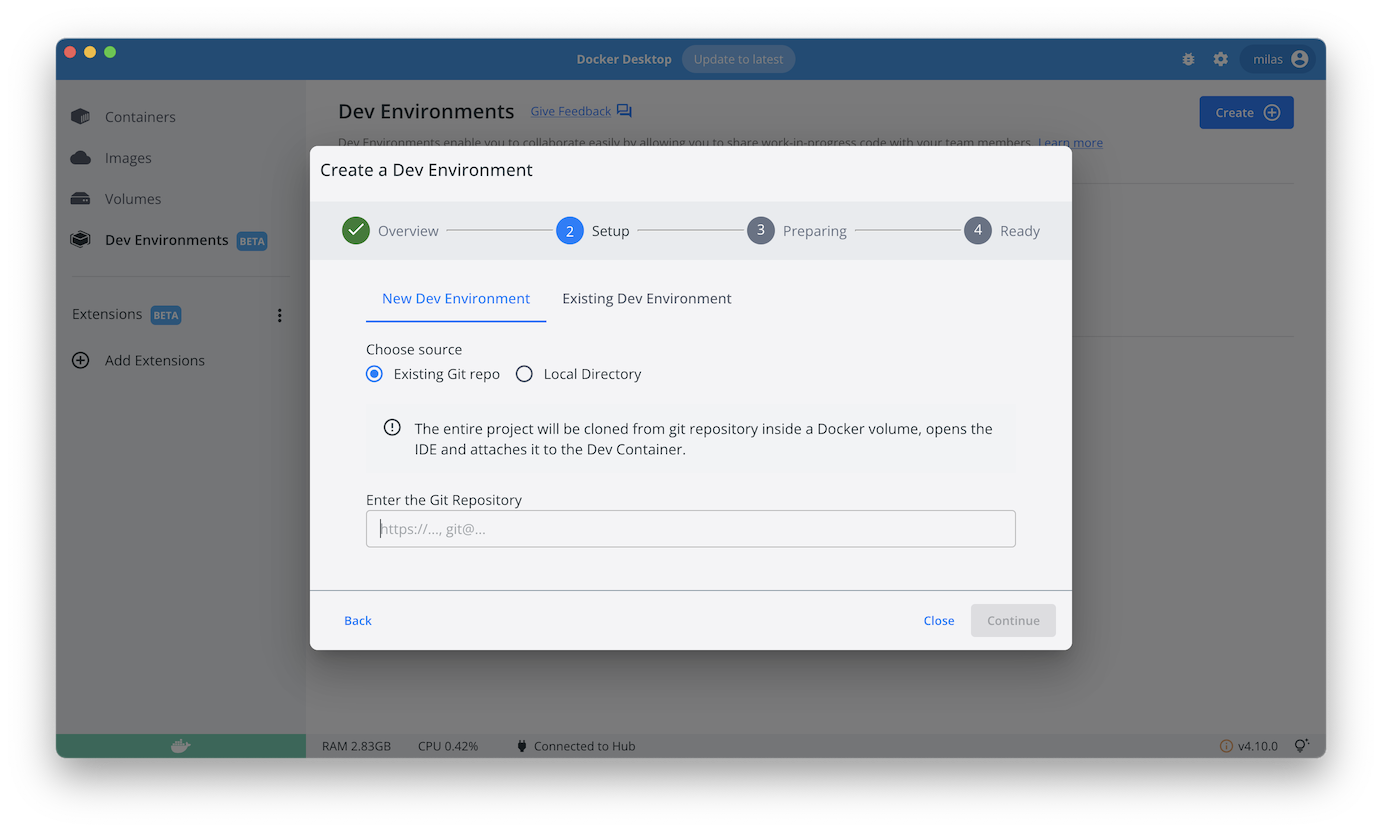* Add Docker Desktop Development Environments config * Change port `5000` -> `8000` for Flask to avoid conflicts on recent macOS versions * Improve DB health check (for non-dev envs case) to avoid producing a bunch of log spam Co-authored-by: Guillaume Lours <guillaume@lours.me> Signed-off-by: Milas Bowman <milas.bowman@docker.com>
Compose sample application
Python/Flask with Nginx proxy and MySQL database
Project structure:
.
├── compose.yaml
├── flask
│ ├── Dockerfile
│ ├── requirements.txt
│ └── server.py
└── nginx
└── nginx.conf
services:
backend:
build:
context: backend
target: builder
...
db:
# We use a mariadb image which supports both amd64 & arm64 architecture
image: mariadb:10-focal
# If you really want to use MySQL, uncomment the following line
#image: mysql:8
...
proxy:
build: proxy
...
The compose file defines an application with three services proxy, backend and db.
When deploying the application, docker compose maps port 80 of the proxy service container to port 80 of the host as specified in the file.
Make sure port 80 on the host is not already being in use.
ℹ️ INFO
For compatibility purpose betweenAMD64andARM64architecture, we use a MariaDB as database instead of MySQL.
You still can use the MySQL image by uncommenting the following line in the Compose file
#image: mysql:8
Deploy with docker compose
$ docker compose up -d
Creating network "nginx-flask-mysql_default" with the default driver
Pulling db (mysql:8.0.19)...
5.7: Pulling from library/mysql
...
...
WARNING: Image for service proxy was built because it did not already exist. To rebuild this image you must use `docker-compose build` or `docker-compose up --build`.
Creating nginx-flask-mysql_db_1 ... done
Creating nginx-flask-mysql_backend_1 ... done
Creating nginx-flask-mysql_proxy_1 ... done
Expected result
Listing containers should show three containers running and the port mapping as below:
$ docker compose ps
NAME COMMAND SERVICE STATUS PORTS
nginx-flask-mysql-backend-1 "flask run" backend running 0.0.0.0:8000->8000/tcp
nginx-flask-mysql-db-1 "docker-entrypoint.s…" db running (healthy) 3306/tcp, 33060/tcp
nginx-flask-mysql-proxy-1 "nginx -g 'daemon of…" proxy running 0.0.0.0:80->80/tcp
After the application starts, navigate to http://localhost:80 in your web browser or run:
$ curl localhost:80
<div>Blog post #1</div><div>Blog post #2</div><div>Blog post #3</div><div>Blog post #4</div>
Stop and remove the containers
$ docker compose down
Use with Docker Development Environments
You can use this sample with the Dev Environments feature of Docker Desktop.
To develop directly on the services inside containers, use the HTTPS Git url of the sample:
https://github.com/docker/awesome-compose/tree/master/nginx-flask-mysql
